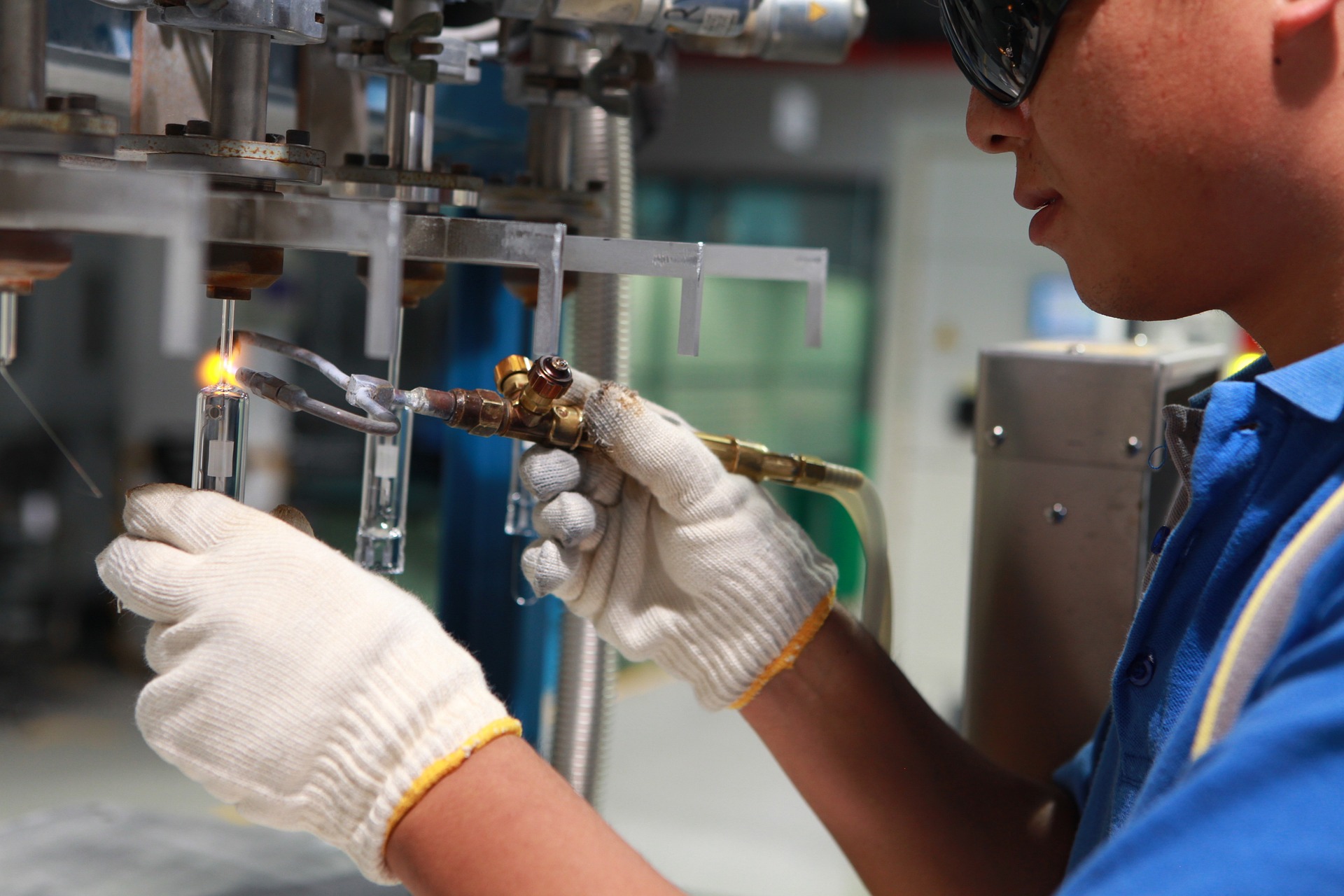👨🏭Operational Technology | The Rehash of an Old Concept👴
 Ronald Bartels
Ronald Bartels
Operational Technology (OT) is often touted as a groundbreaking field, bringing a revolutionary approach to managing and automating industrial processes. However, a closer look reveals that OT is not as new as it seems. Much like the term "cloud," which is essentially a modern rebranding of the age-old concept of remote computing, OT is a rehash of established industrial automation and control systems. Let's dive into the origins, evolution, and current state of OT to understand why it is more of a reinvention than a novel field.
The Historical Roots of Operational Technology
Operational Technology refers to the hardware and software systems used to monitor and control physical processes, devices, and infrastructure. This includes everything from manufacturing plants and power stations to transportation systems and building management. The history of OT dates back to the early 20th century with the advent of industrial control systems (ICS), which included programmable logic controllers (PLCs), distributed control systems (DCS), and supervisory control and data acquisition (SCADA) systems.
These technologies were designed to automate and streamline industrial processes, ensuring efficiency, safety, and reliability. The fundamental principles of OT—automation, control, and real-time monitoring—have been integral to industrial operations for decades. So, what's changed?
The Evolution of OT into a Buzzword
The term "Operational Technology" emerged as industries began to integrate more sophisticated digital technologies into their legacy control systems. This shift was driven by advancements in computing power, networking capabilities, and data analytics. As these technologies became more accessible, industries sought to enhance their operational efficiency, reduce downtime, and improve predictive maintenance.
In recent years, the convergence of IT (Information Technology) and OT has further fueled the rebranding of OT as a modern field. IT/OT convergence refers to the integration of legacy IT systems, such as enterprise resource planning (ERP) and customer relationship management (CRM), with OT systems. This integration allows for seamless data flow and more comprehensive decision-making across a business.
The Cloud Parallel
The rebranding of OT parallels the evolution of "cloud computing." In the early days of computing, the concept of accessing remote servers and data storage was already in practice through mainframes and time-sharing systems. However, with the rise of the internet and advancements in virtualization, these ideas were repackaged and marketed as "cloud computing," making them more palatable and appealing to modern businesses.
Similarly, OT has been repackaged to emphasize its role in the digital transformation of industries. Terms like the Industrial Internet of Things (IIoT), smart manufacturing, and Industry 4.0 are often associated with OT, highlighting its modern applications while downplaying its historical roots.
The Reality of OT Implementation
Despite the buzz around OT, its implementation often involves updating and integrating existing systems rather than deploying entirely new technologies. Many industries already have robust control systems in place, and the focus is on enhancing these systems with digital capabilities. This includes incorporating sensors, advanced analytics, and machine learning algorithms to improve process efficiency and predictive maintenance.
However, the challenges associated with OT remain. Ensuring cybersecurity, managing legacy systems, and training the workforce to handle new technologies are critical issues that need to be addressed. The integration of IT and OT also requires a cultural shift within businesses, fostering collaboration between separate departments.
Wrap
Operational Technology is not a groundbreaking new field but a rebranding and evolution of long-established industrial control systems. Like the term "cloud," OT represents the modernization and digital enhancement of existing concepts. While the integration of advanced technologies into OT brings significant benefits, it is essential to recognize that the core principles of automation, control, and real-time monitoring have been central to industrial operations for decades.
Understanding the historical context of OT can help businesses make more informed decisions about its implementation, ensuring they leverage the full potential of both legacy and modern technologies to drive operational excellence.
Ronald Bartels ensures that Internet inhabiting things are connected reliably online at Fusion Broadband South Africa - the leading specialized SD-WAN provider in South Africa. Learn more about the best SD-WAN in the world: 👉 Contact Fusion
Subscribe to my newsletter
Read articles from Ronald Bartels directly inside your inbox. Subscribe to the newsletter, and don't miss out.
Written by

Ronald Bartels
Ronald Bartels
Driving SD-WAN Adoption in South Africa